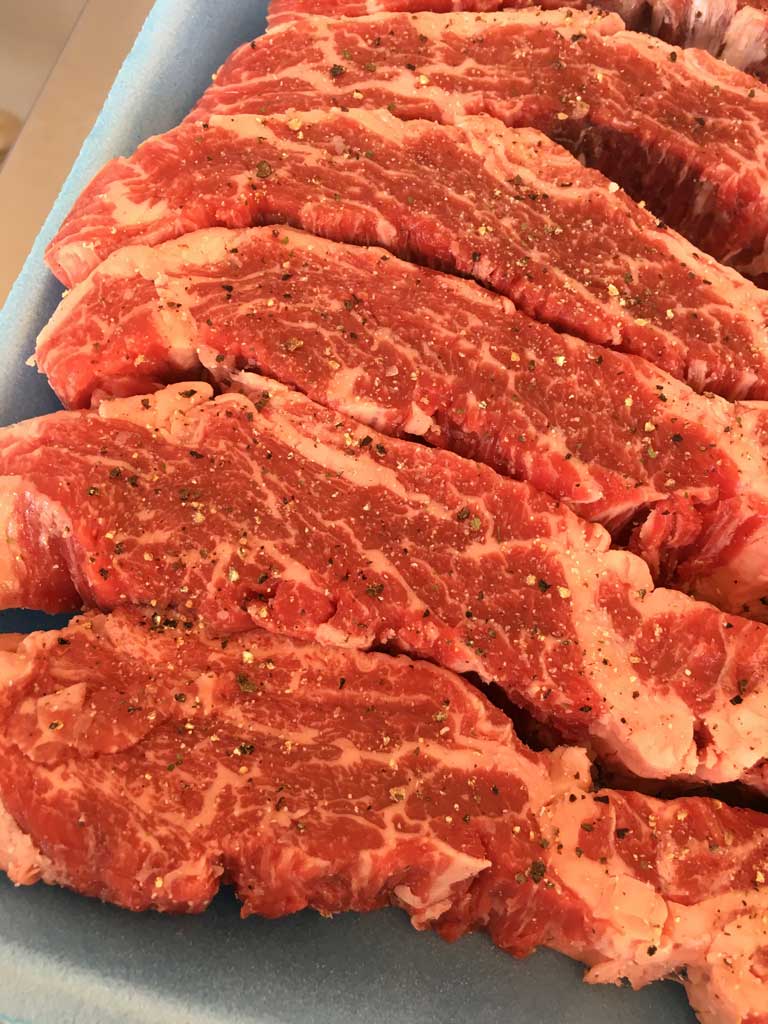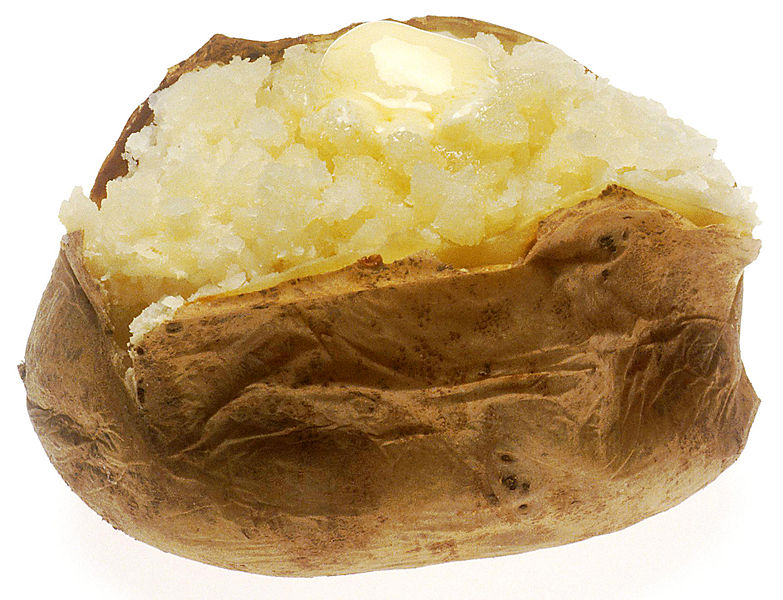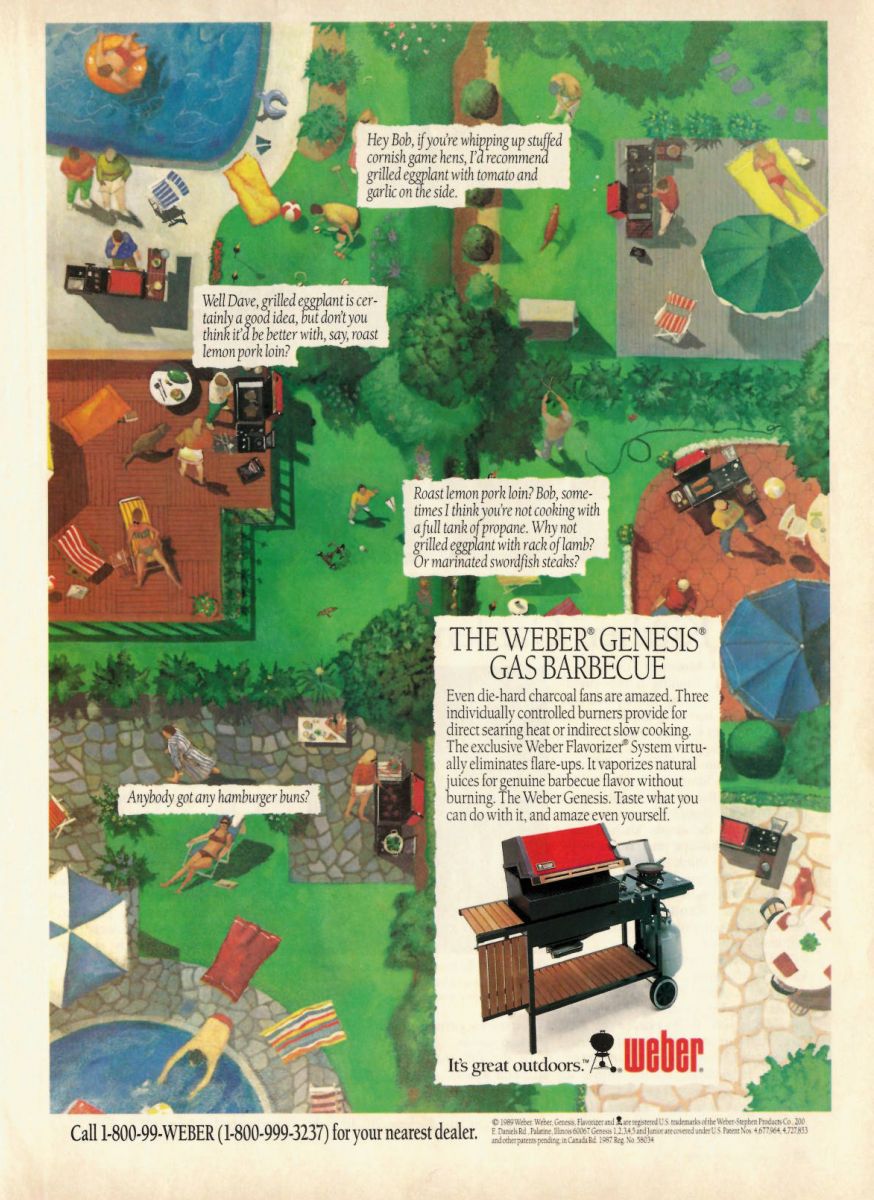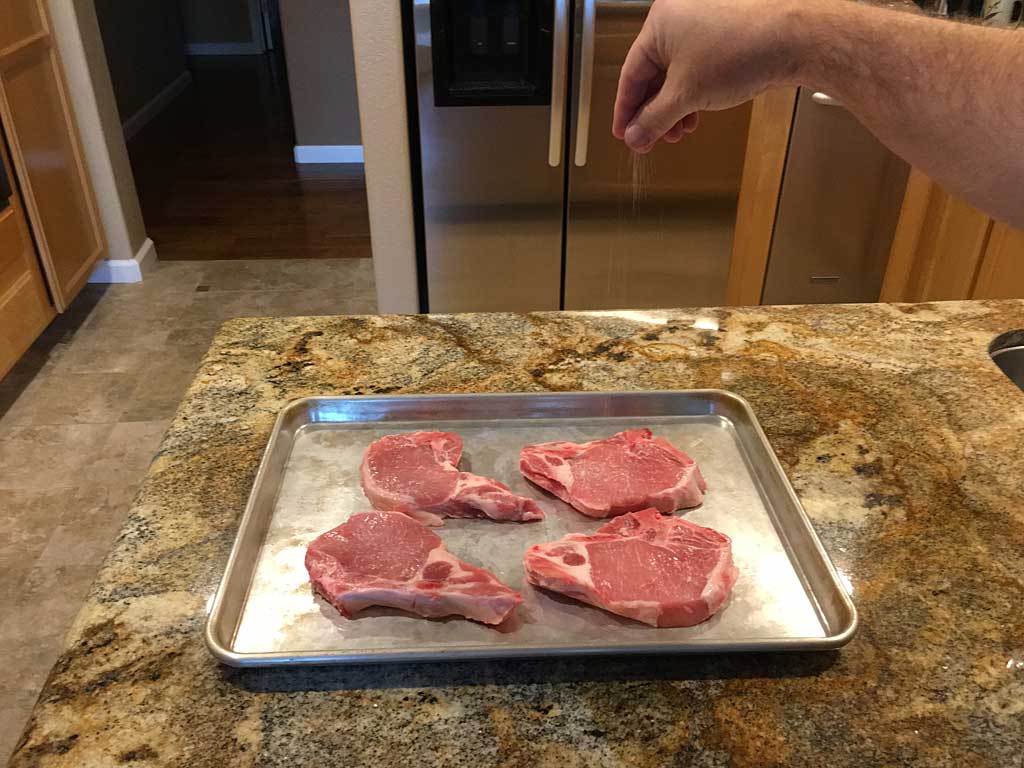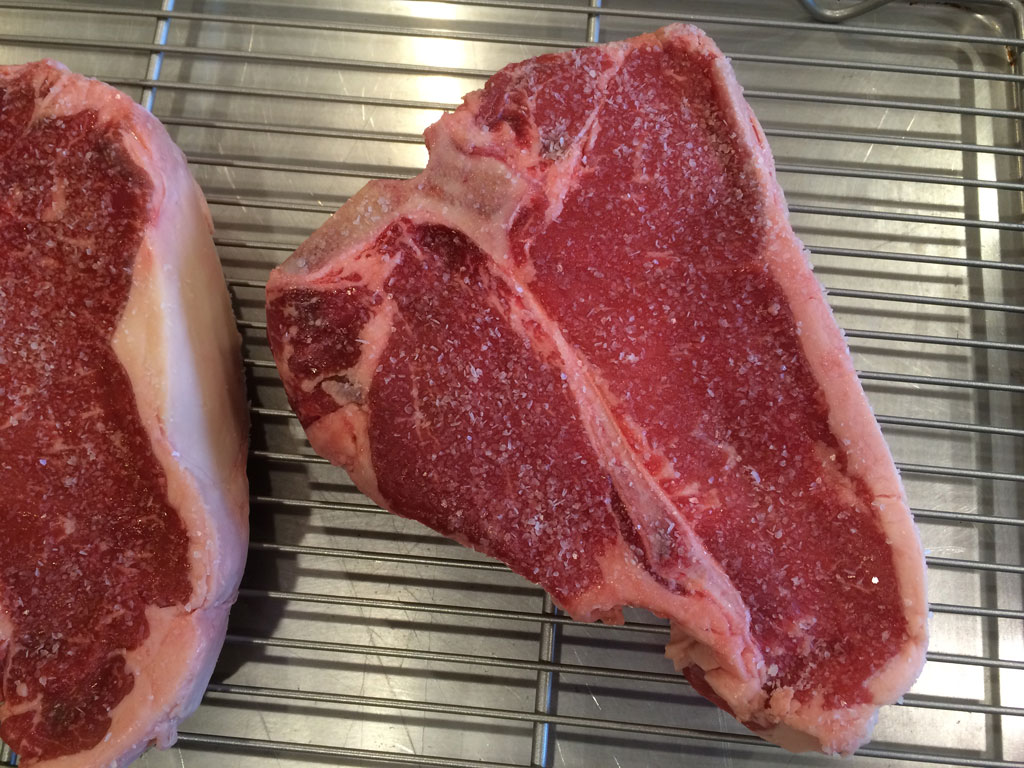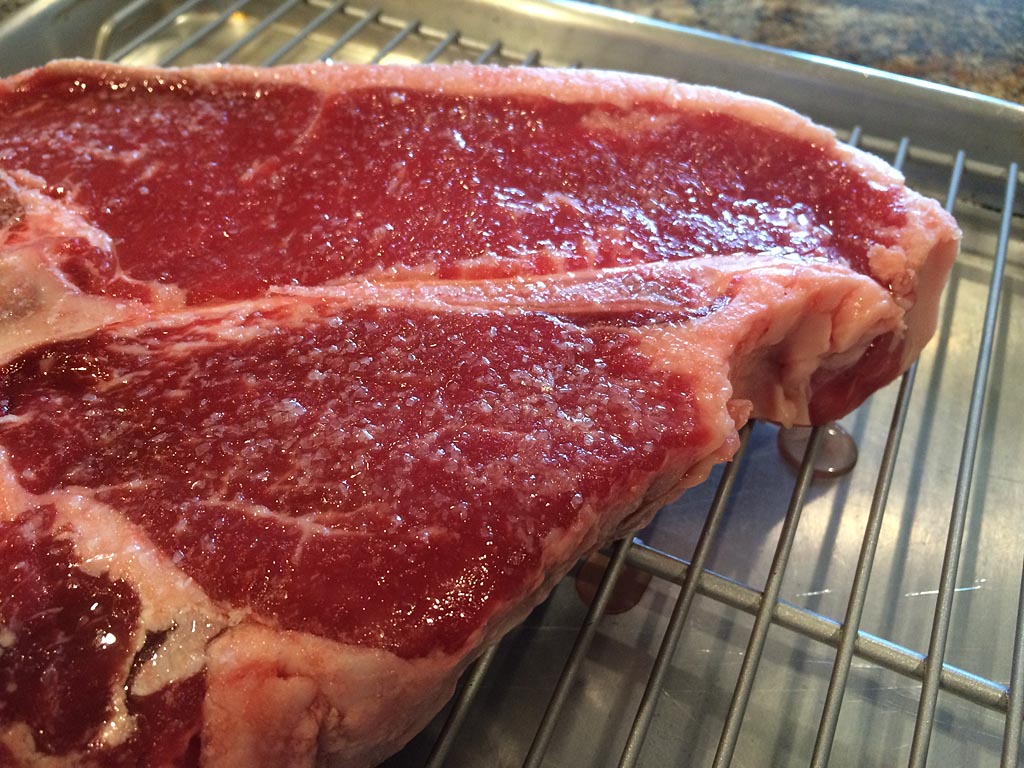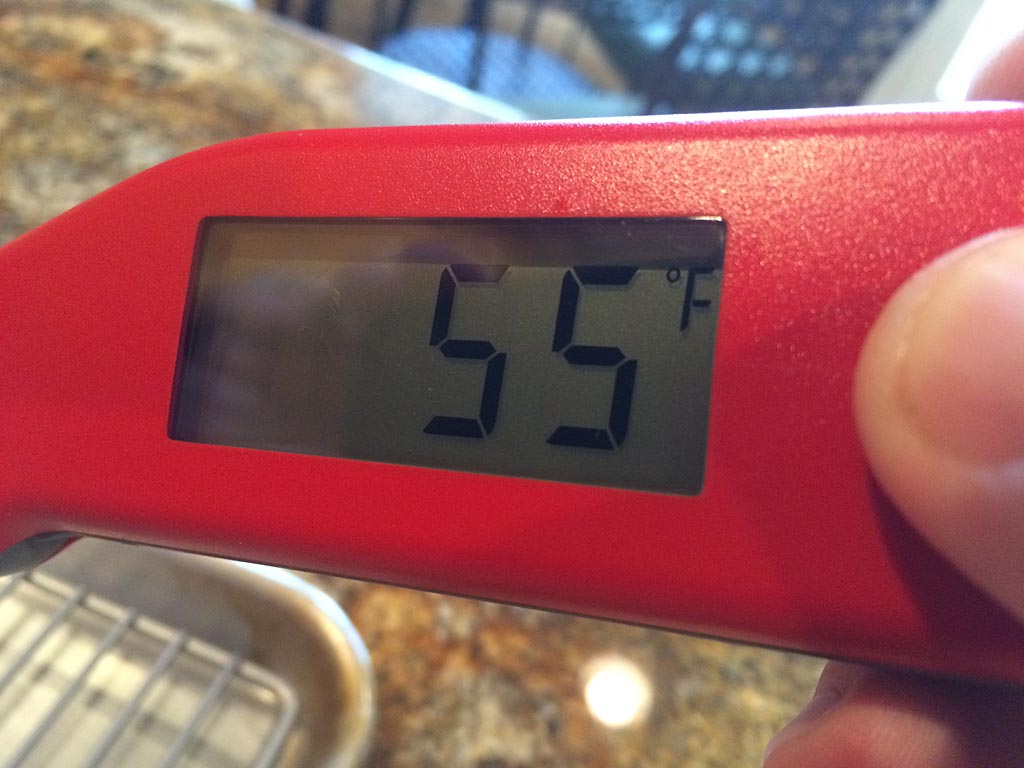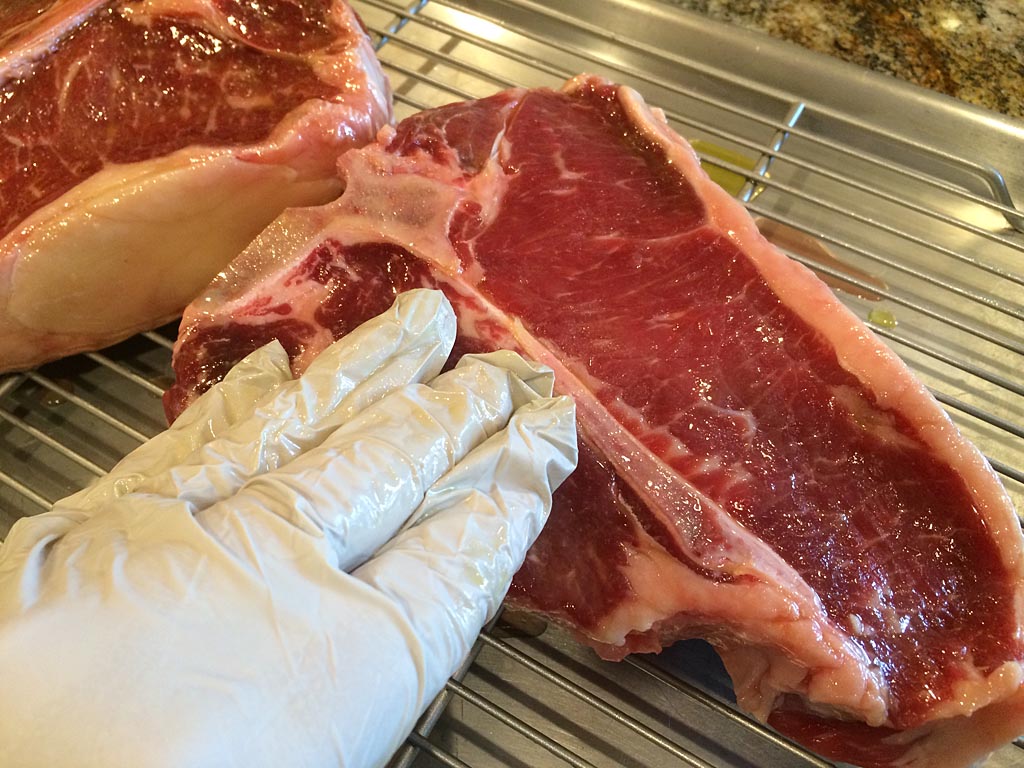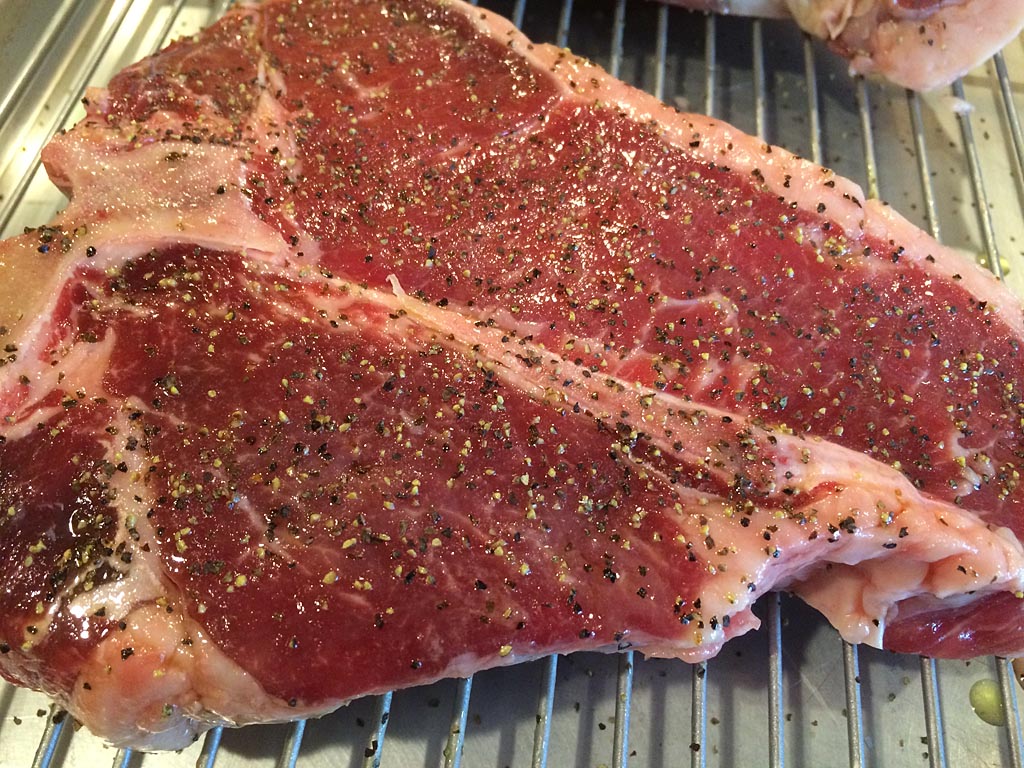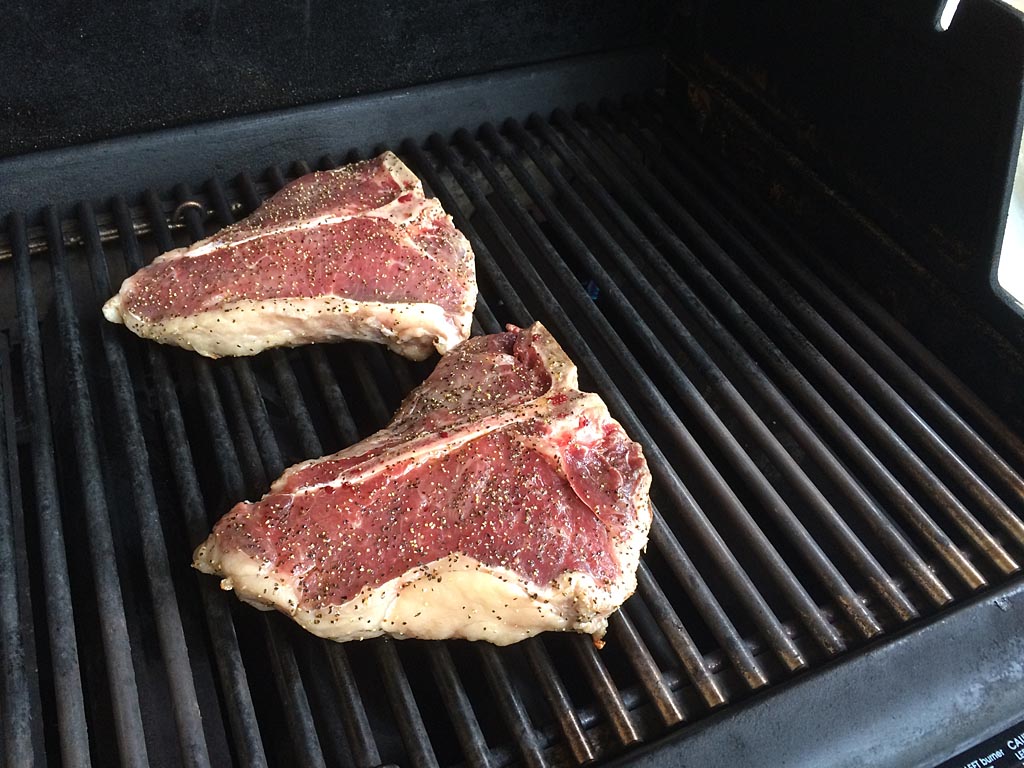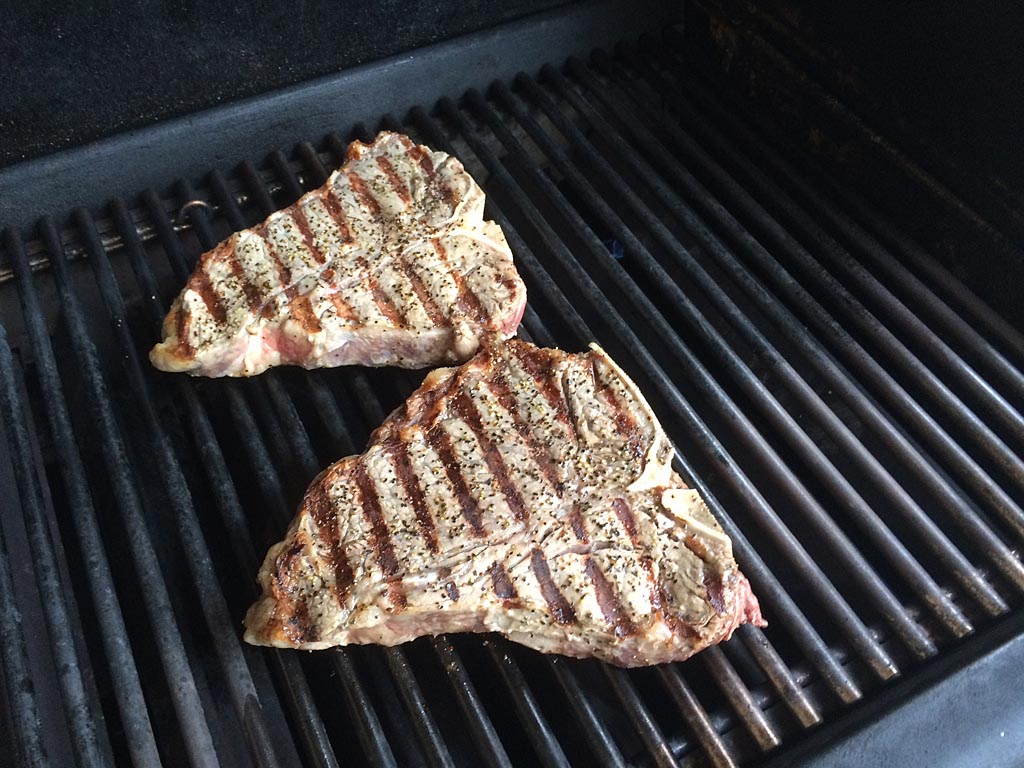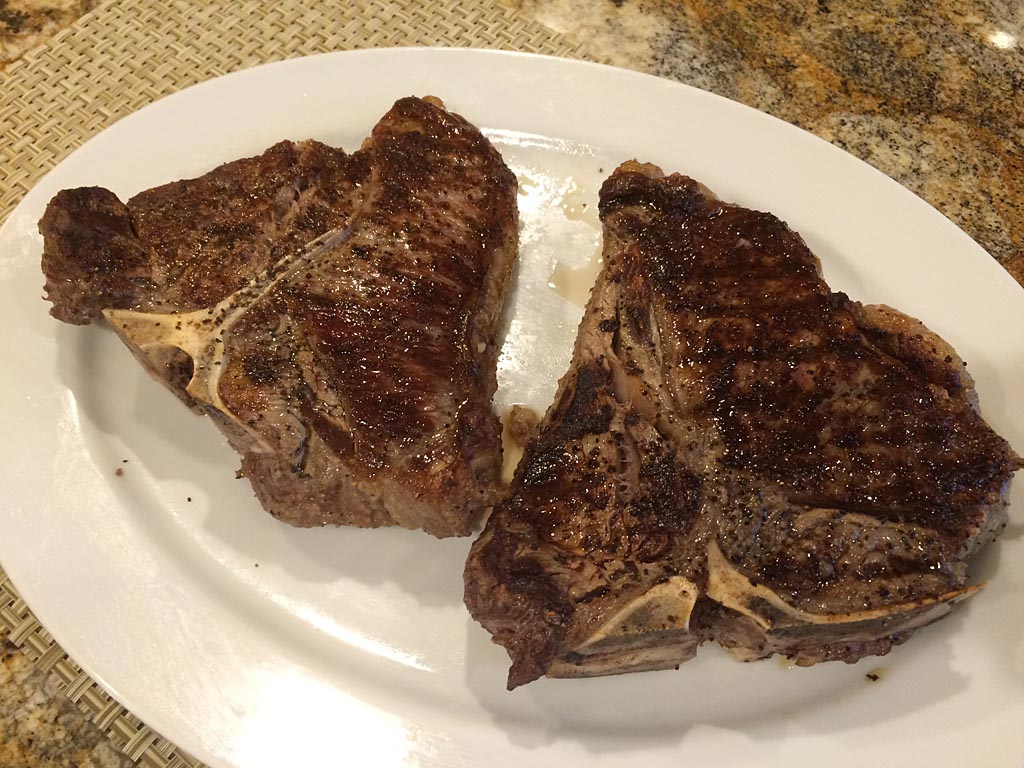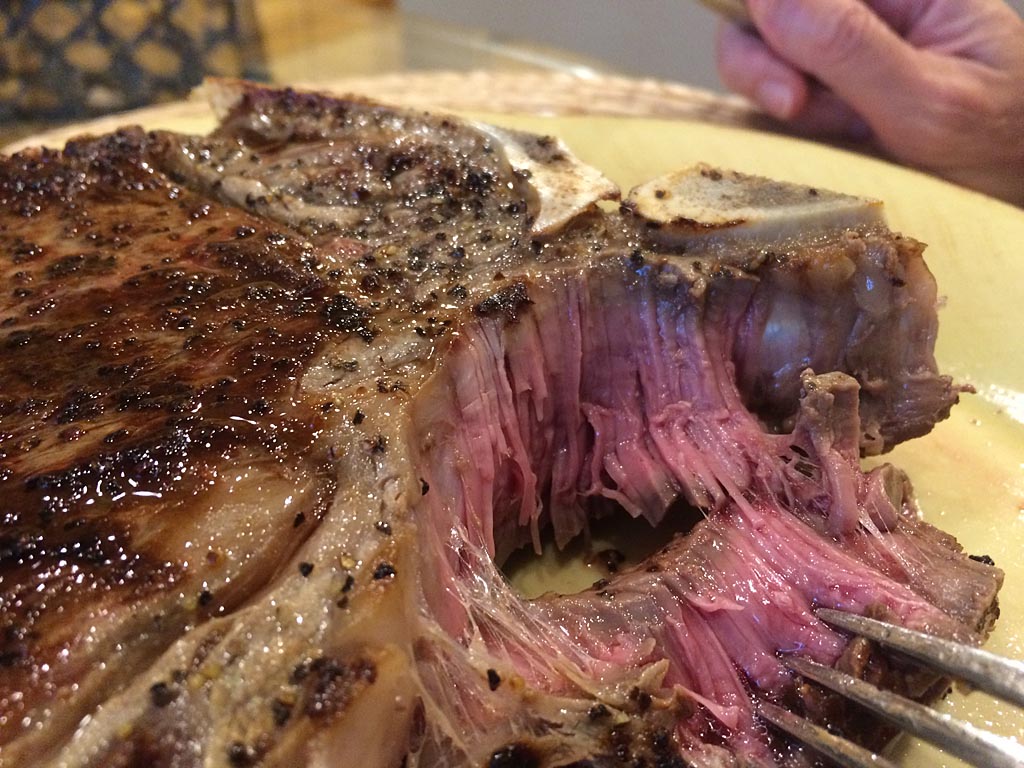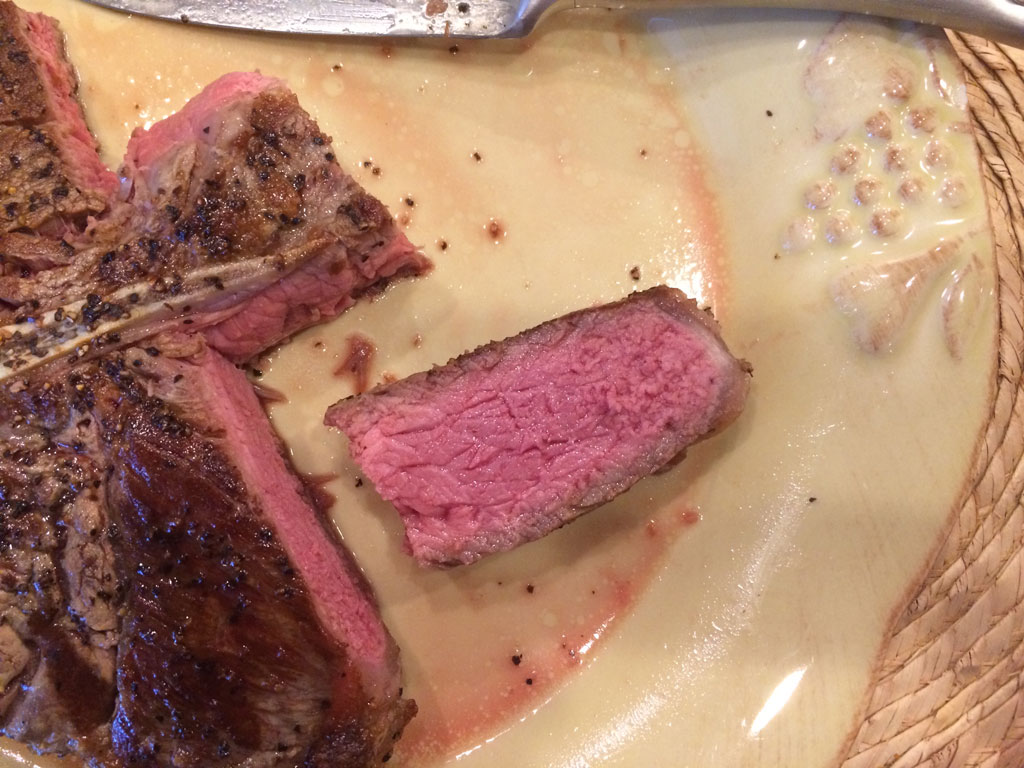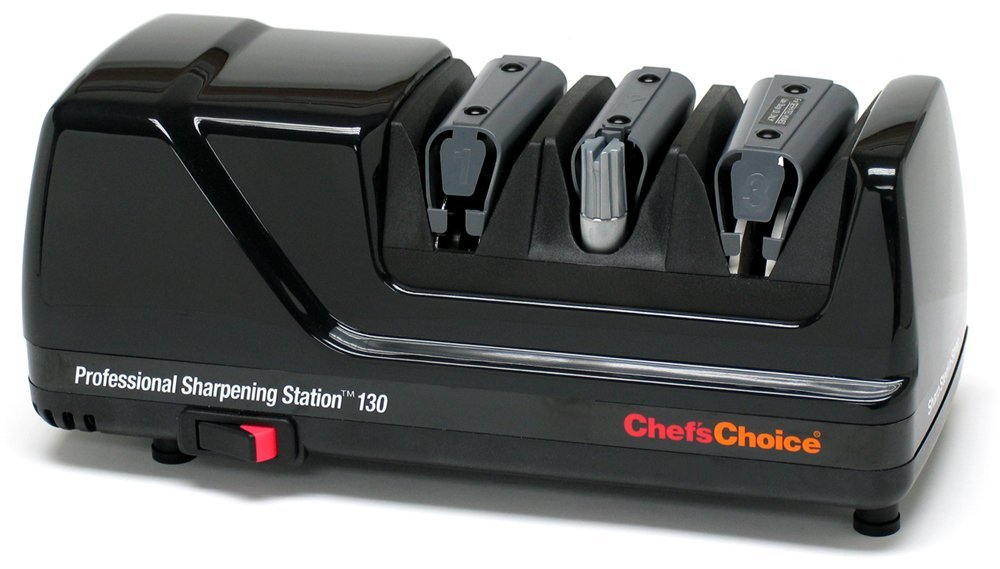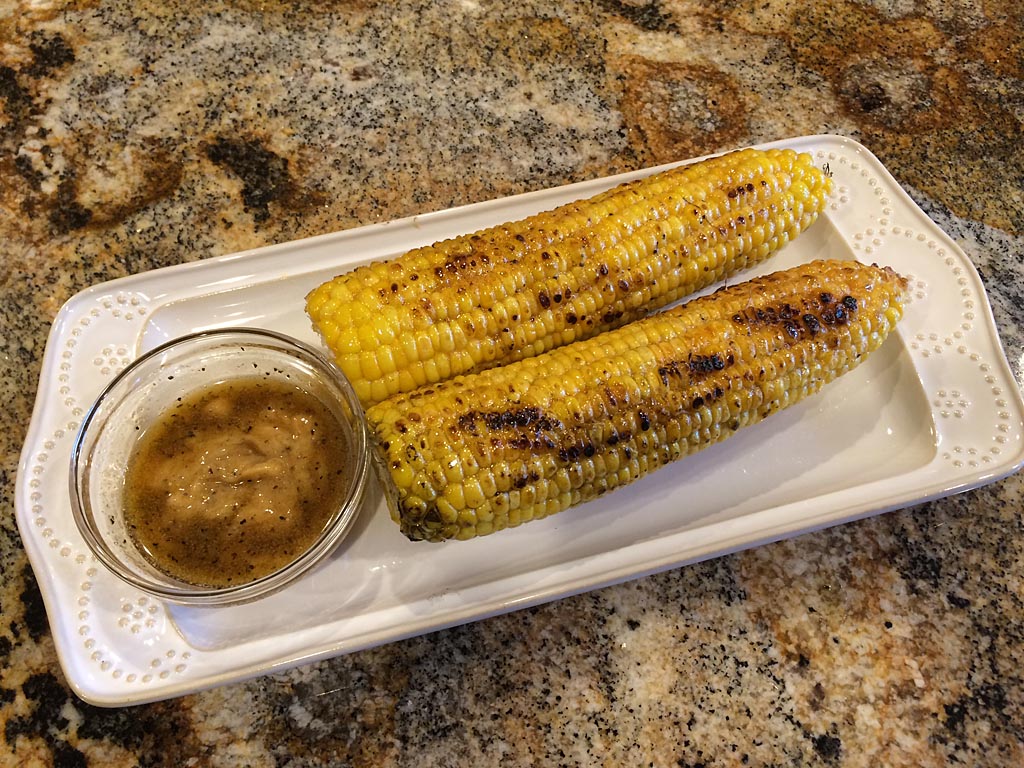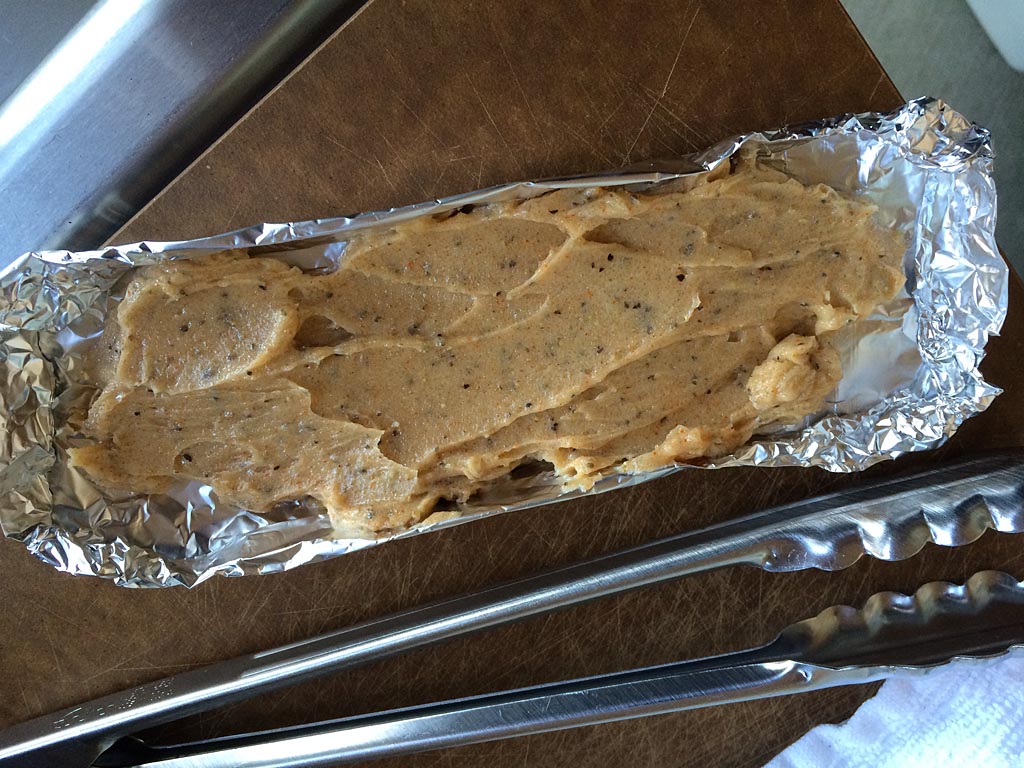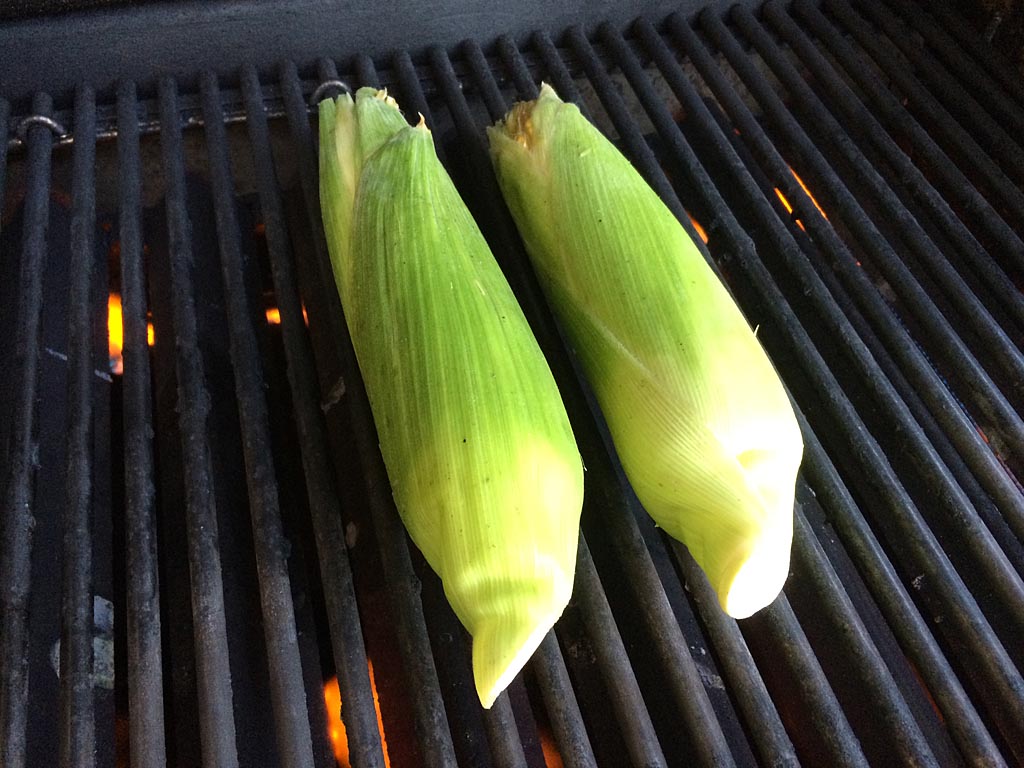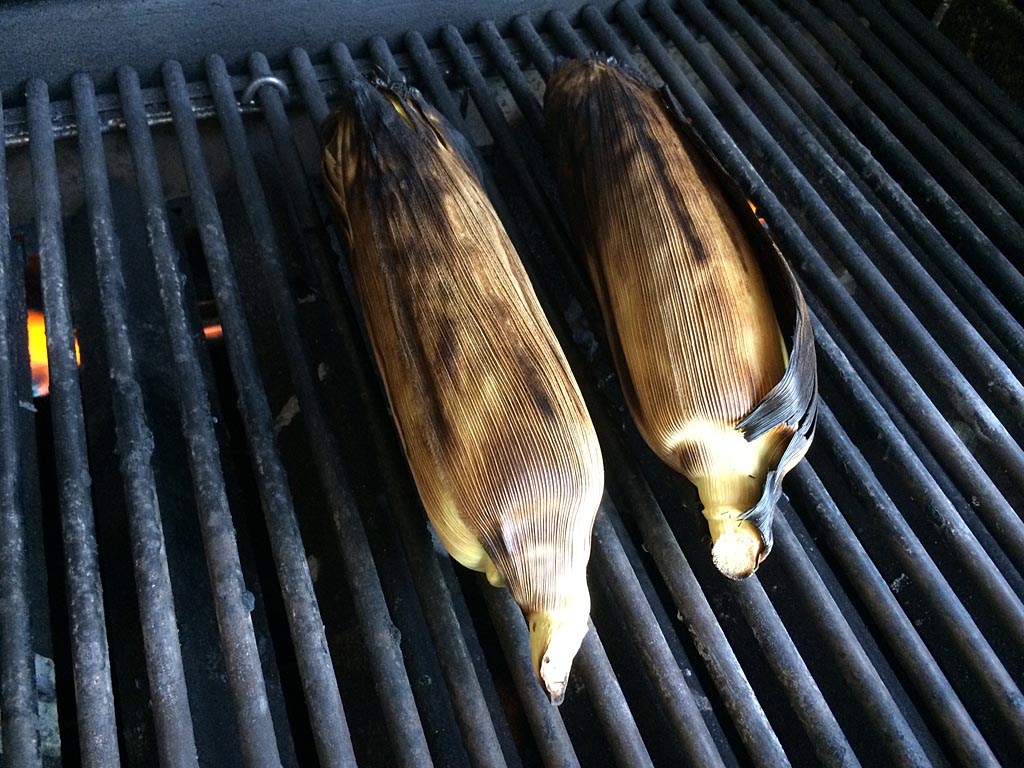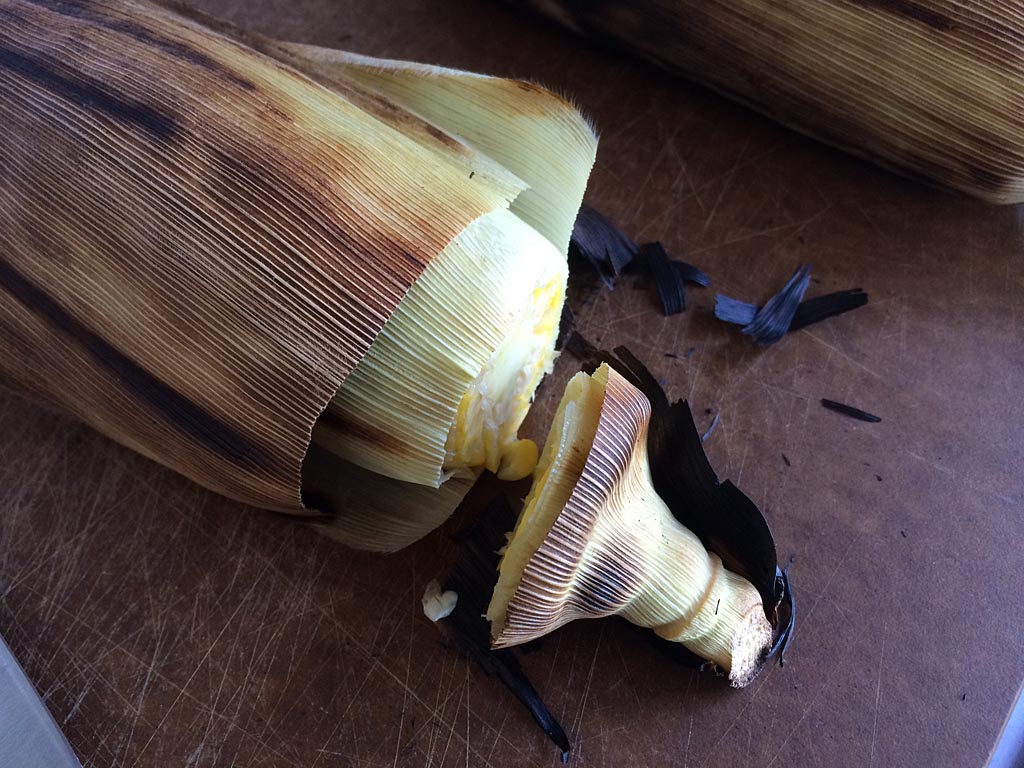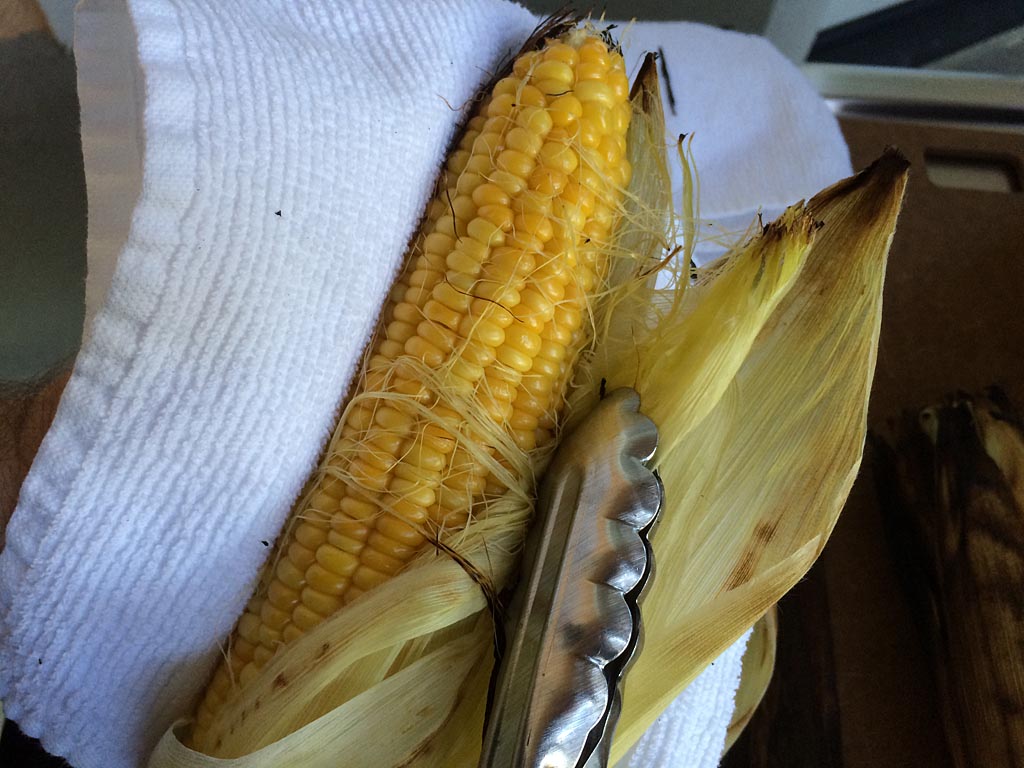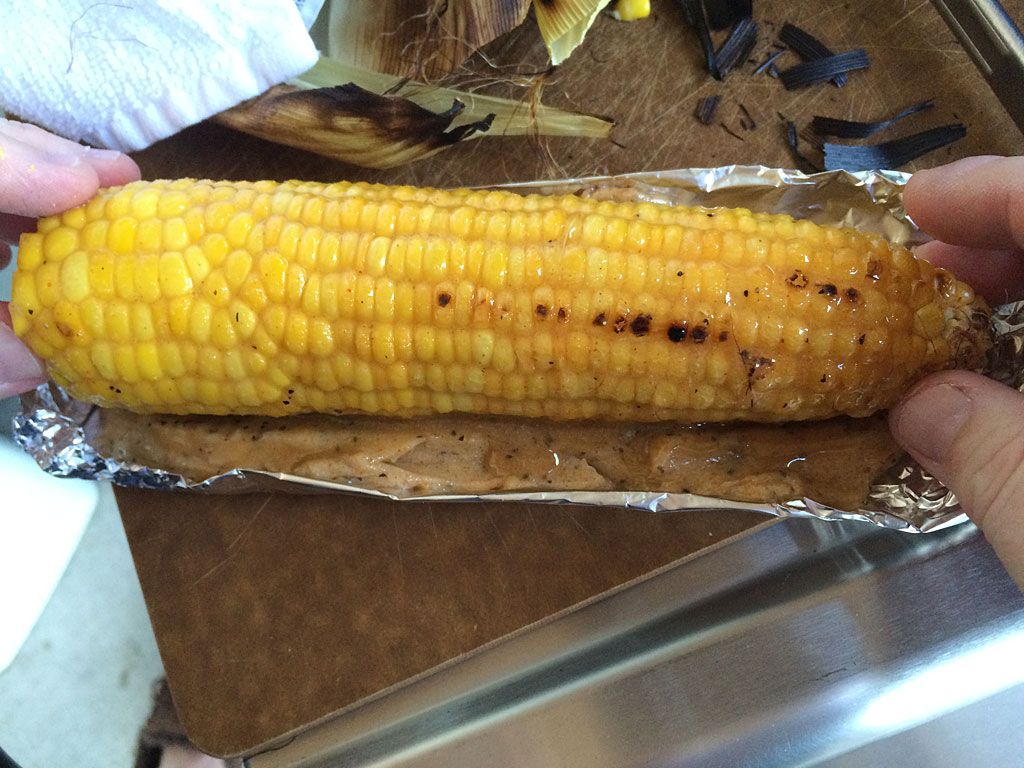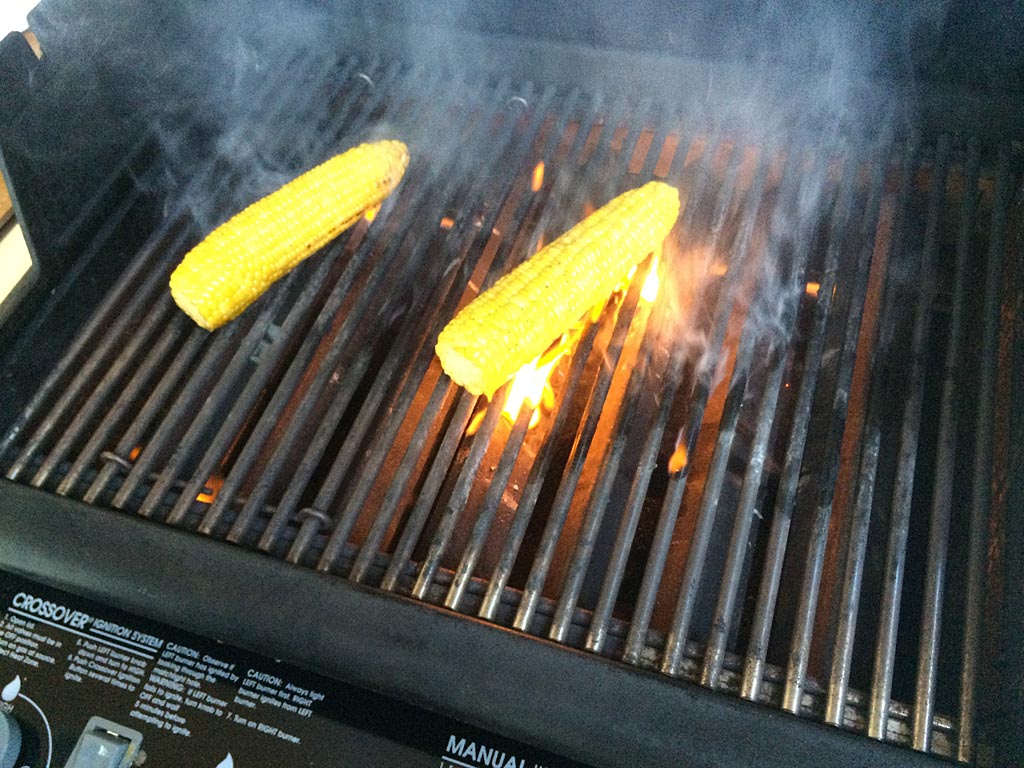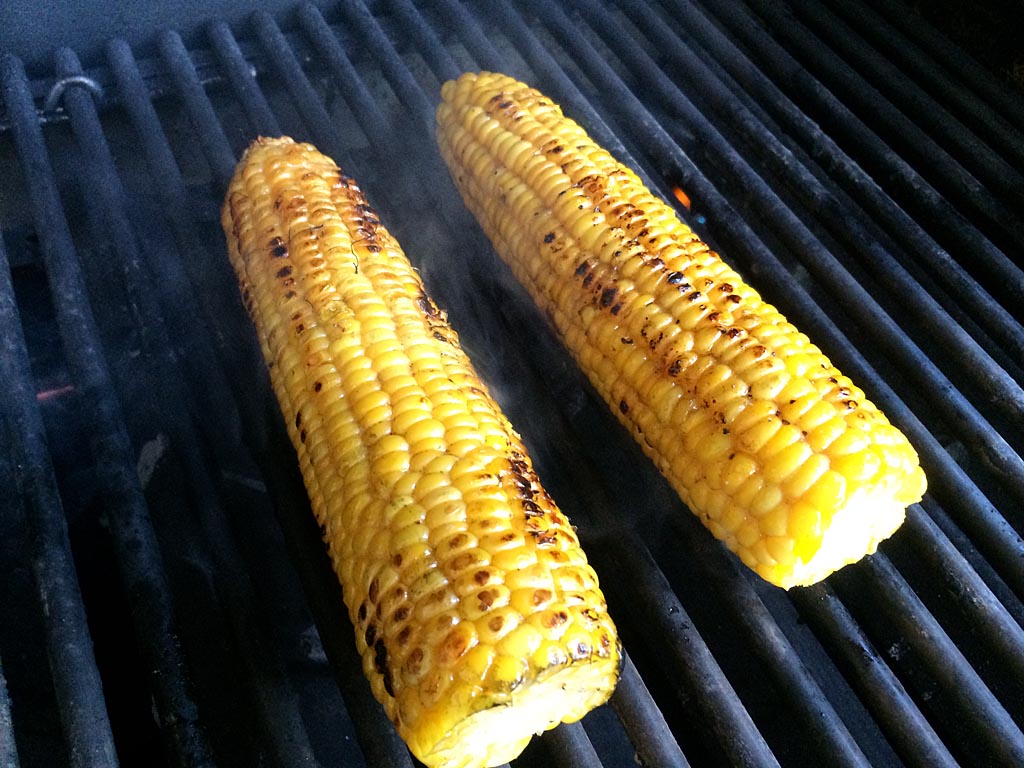When you’re out shopping and come across a special cut of meat—buy it. That’s what I did when I spotted USDA Prime ribeye cap steaks at Costco.
The ribeye cap, or spinalis dorsi, is probably the most flavorful part of the cow. You’ve probably enjoyed it when eating prime rib—it’s that highly marbled outside edge that surrounds the large center eye of the prime rib. Here it’s been separated from the prime rib roast in a single piece and cut into narrow “steaks”.
When grilling such a special cut, seasonings should be simple and used only to enhance the natural flavor of the meat. Kosher salt, black pepper, and granulated garlic are just the ticket.
Preheat the grill on HIGH for 10 minutes, then scrub the grates with a grill brush. Turn the heat down to MEDIUM and place the steaks on the grill. Keep the lid open and turn the steaks every 60-90 seconds so they cook evenly on all four sides.
Use an instant-read thermometer to check the internal meat temp. I grilled these steaks to 135-140°F for something between medium-rare and medium doneness.
Once the meat is done to your liking, remove to a platter and let rest for just a few minutes to allow juices to redistribute within the meat. Finish with a sprinkle of sea salt or kosher salt to boost the flavor.
So soft, so tender, so delicious…that’s all I can say about these ribeye cap steaks. They were a real treat! If you have a chance to try them, do it. If you’re in the mood to splurge, you can order a whole ribeye cap from Snake River Farms.


